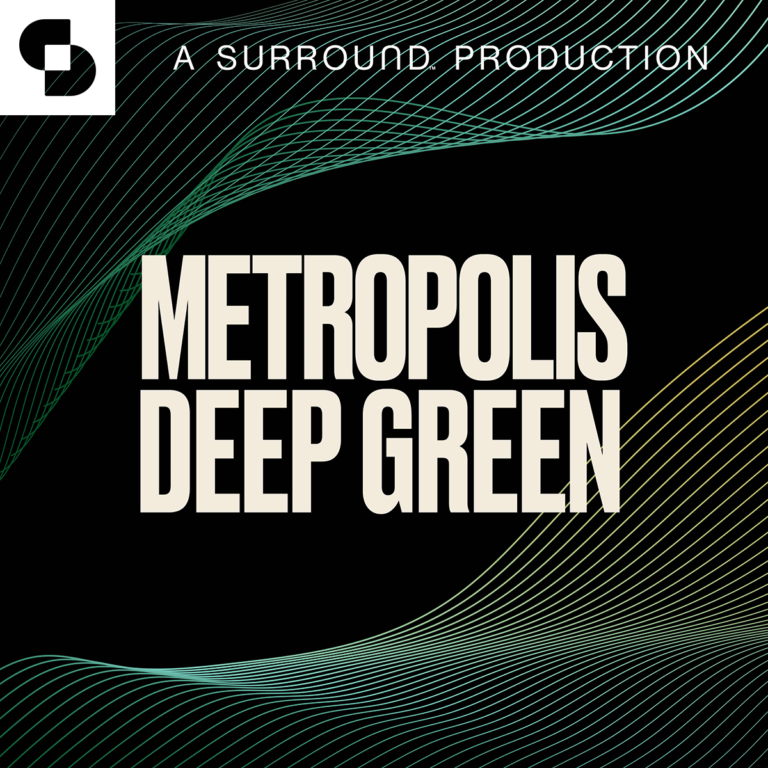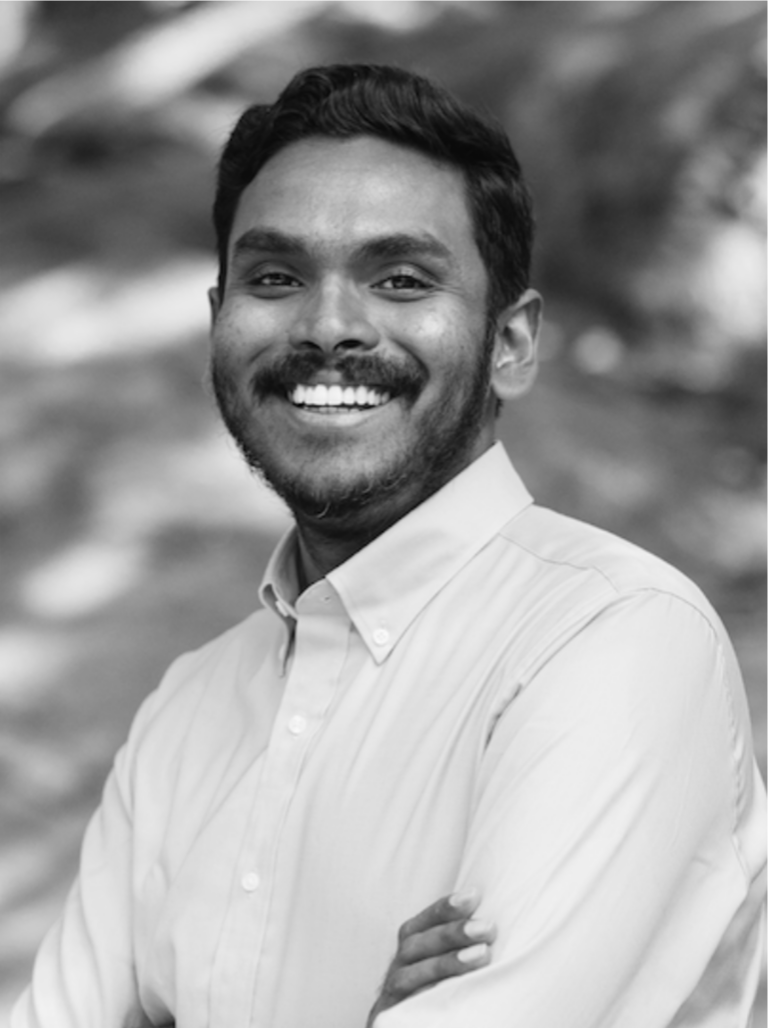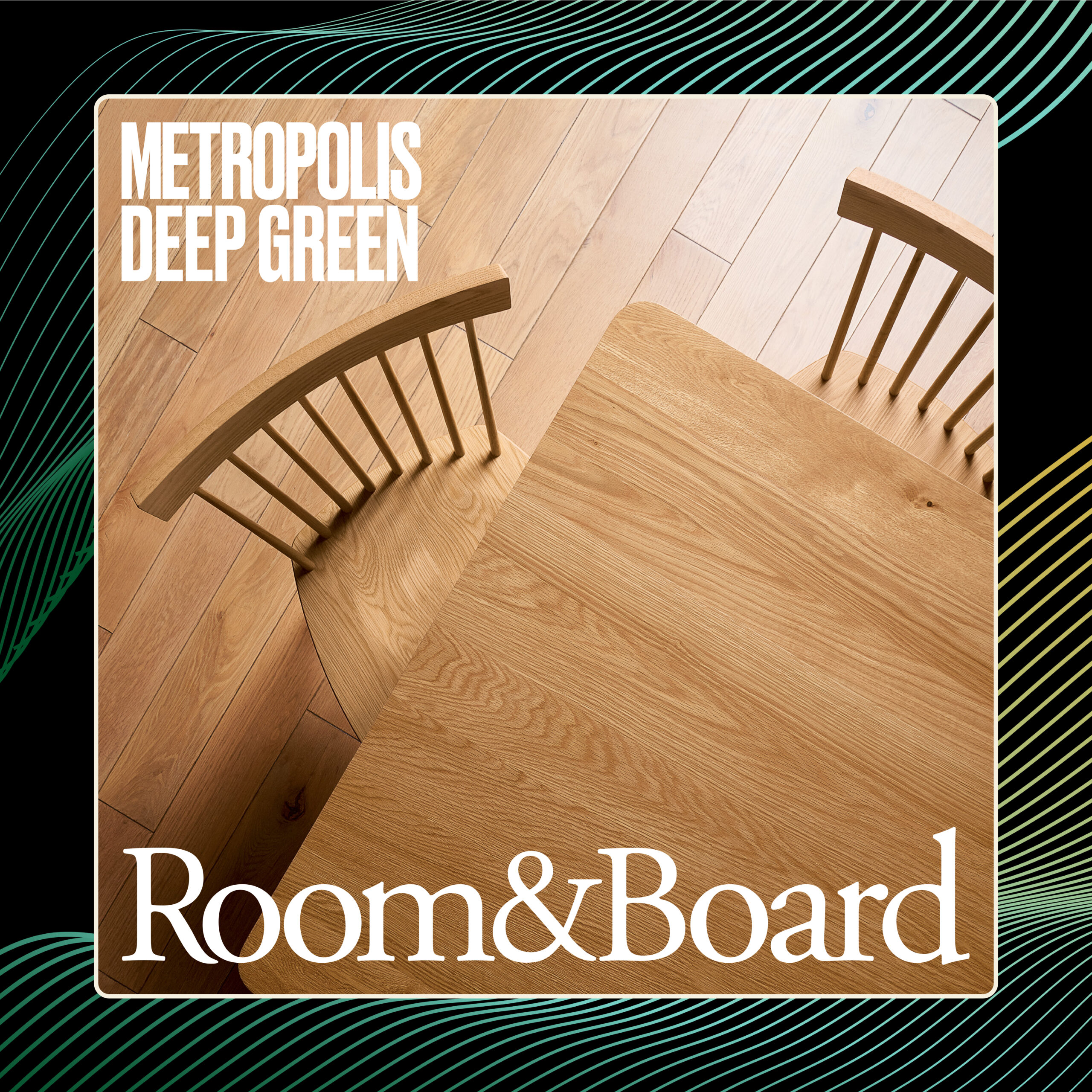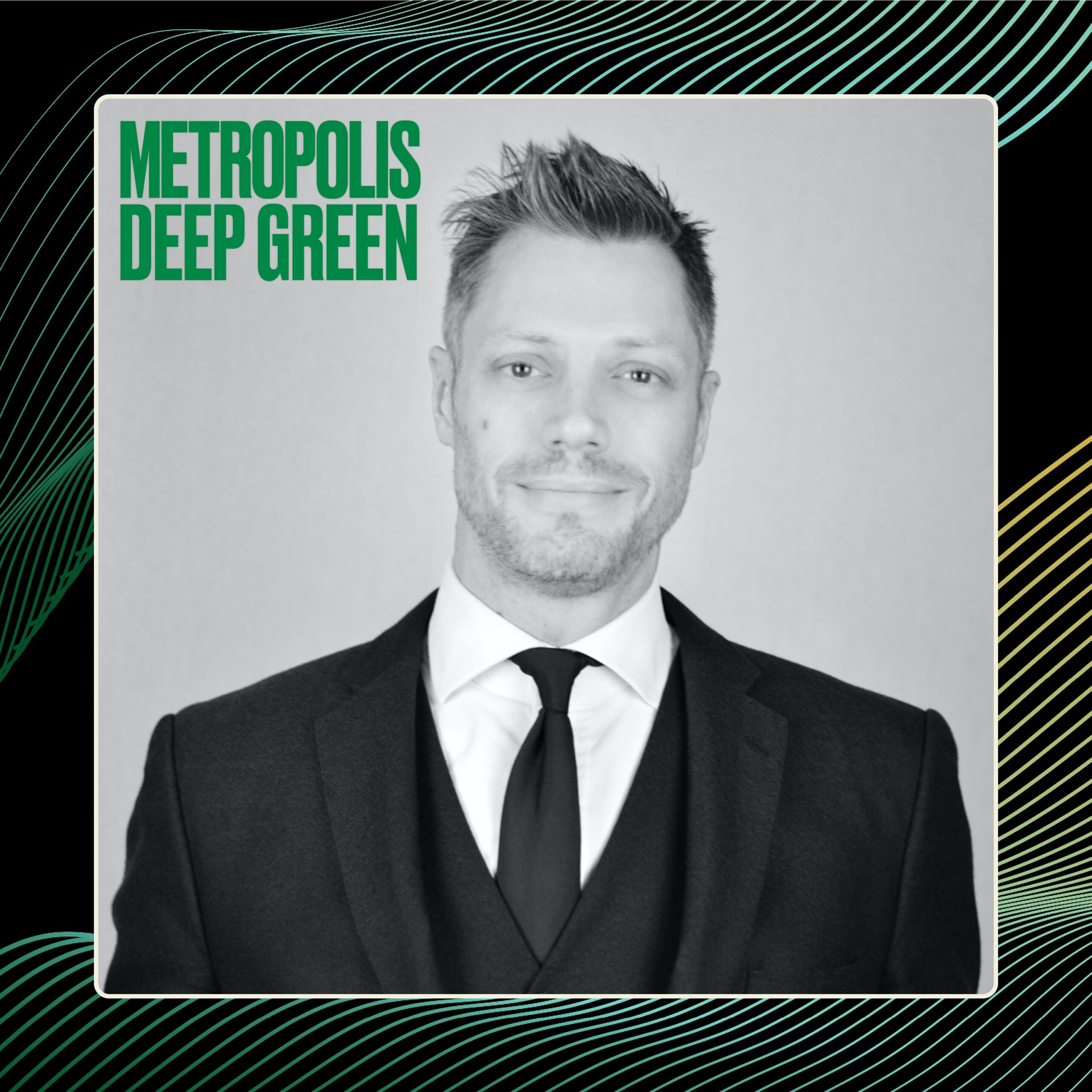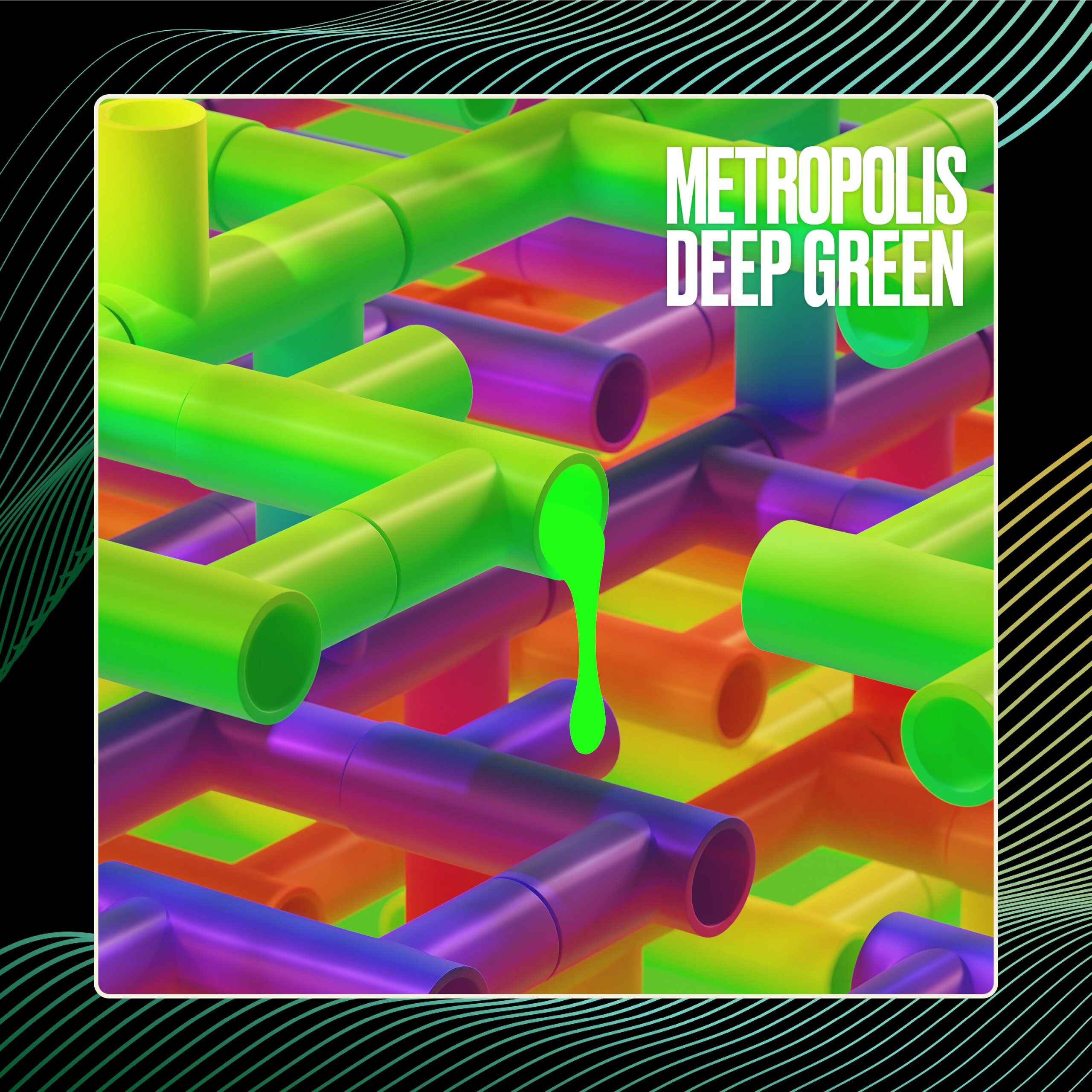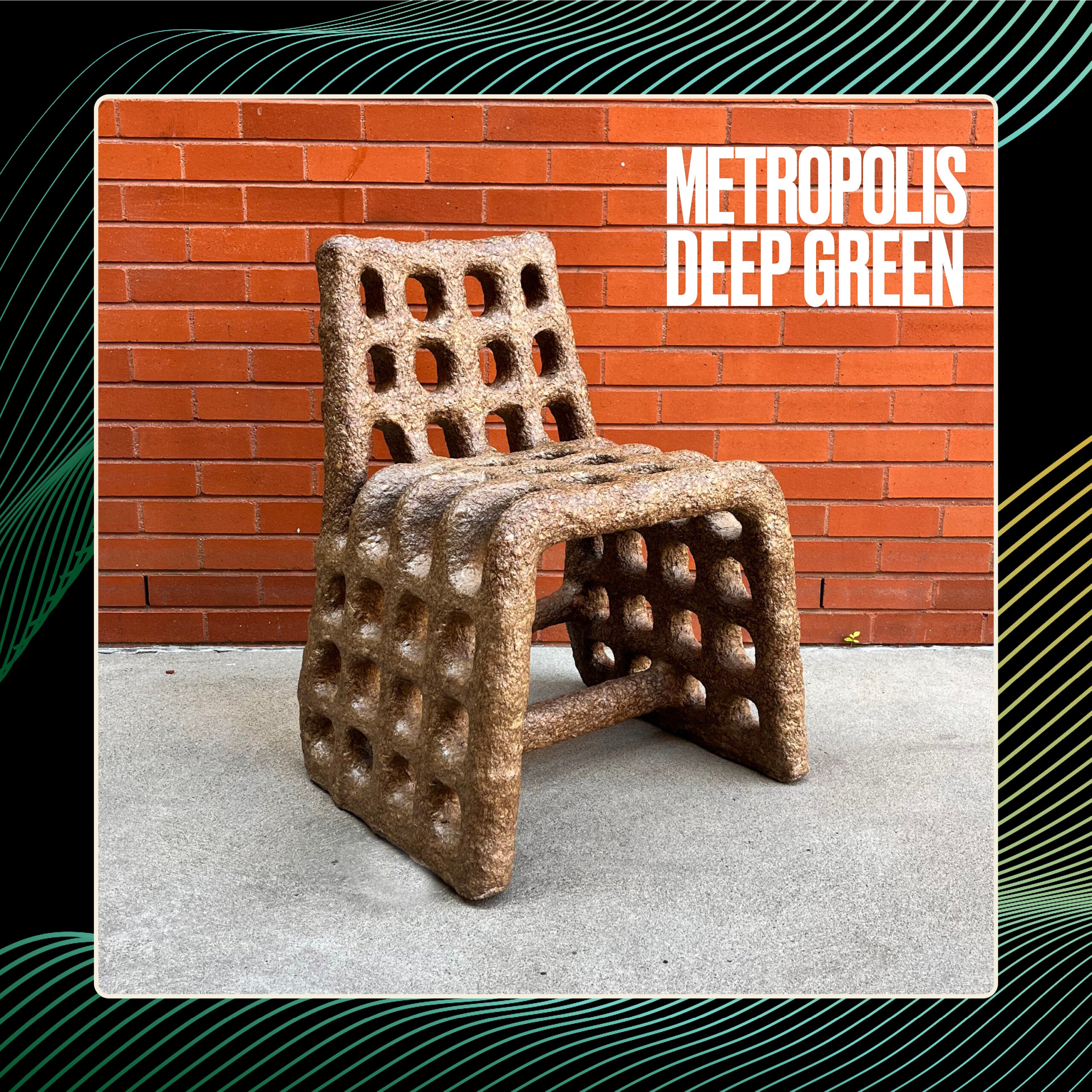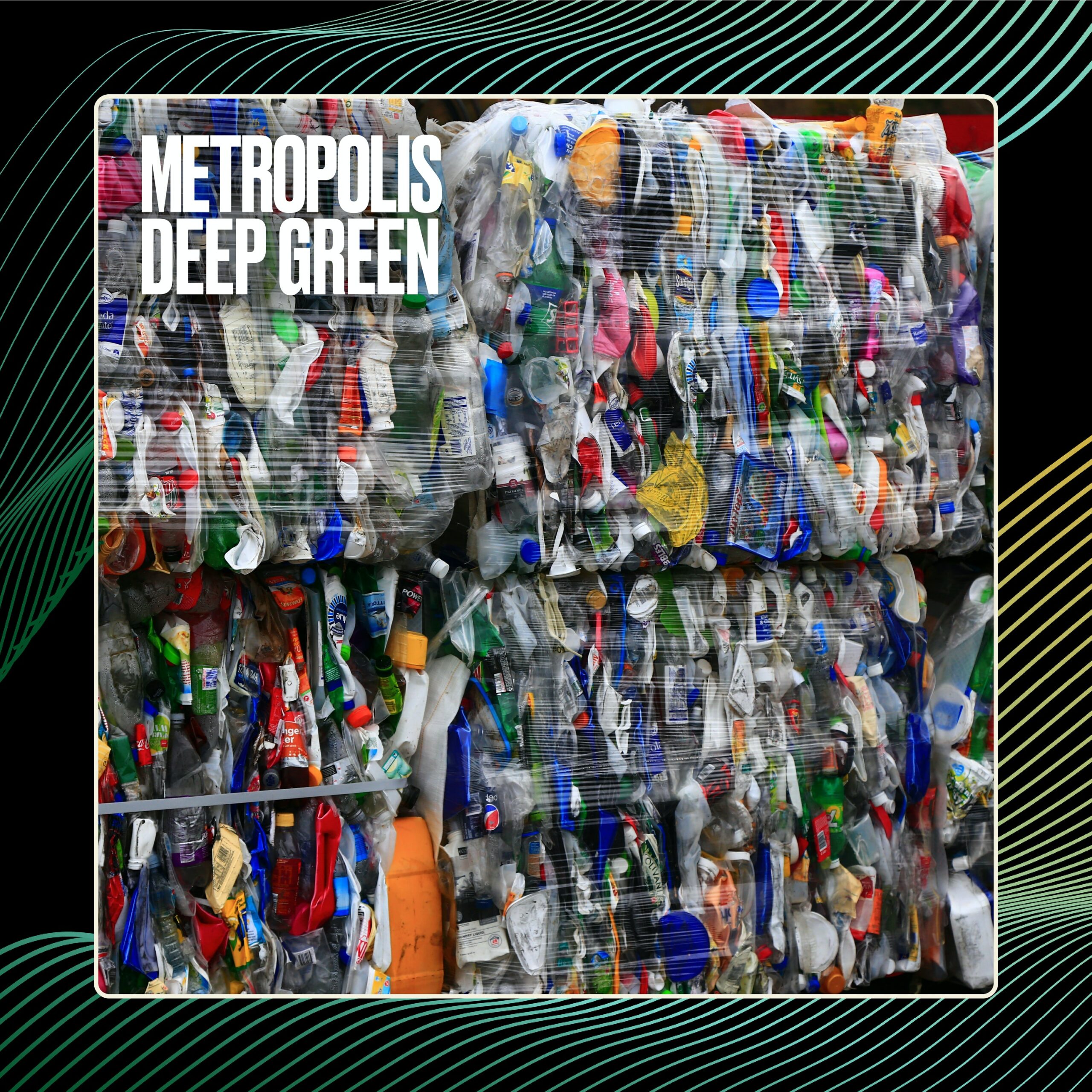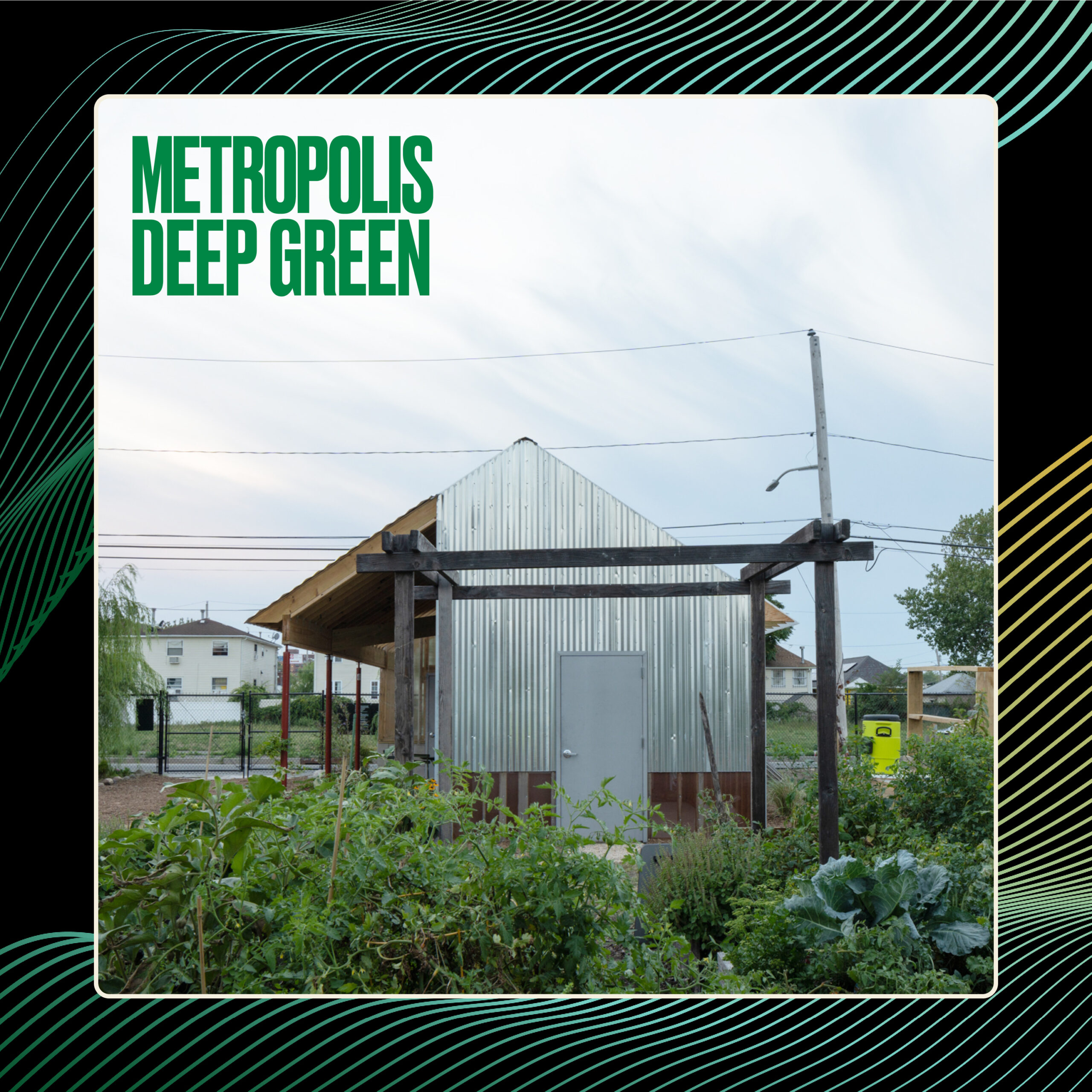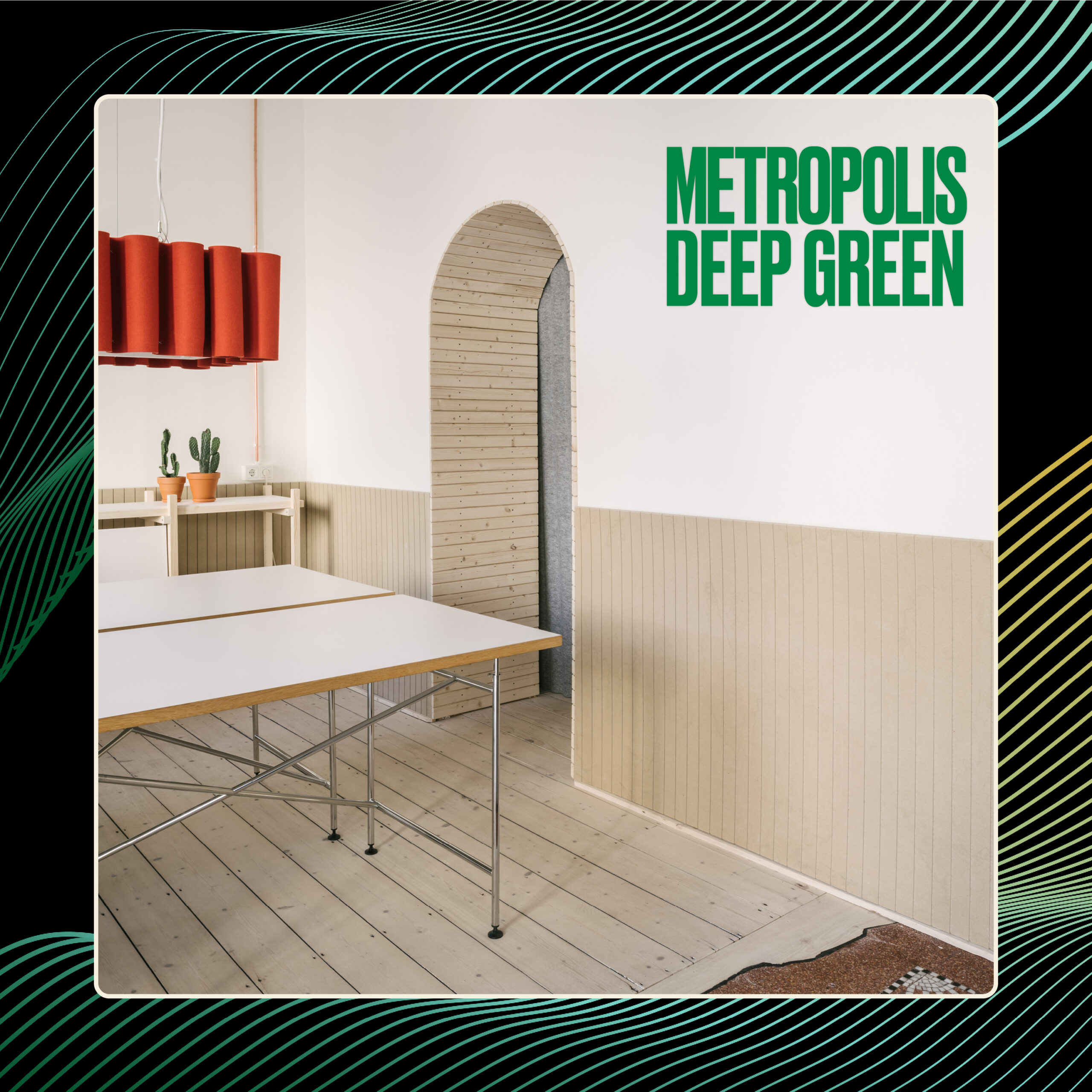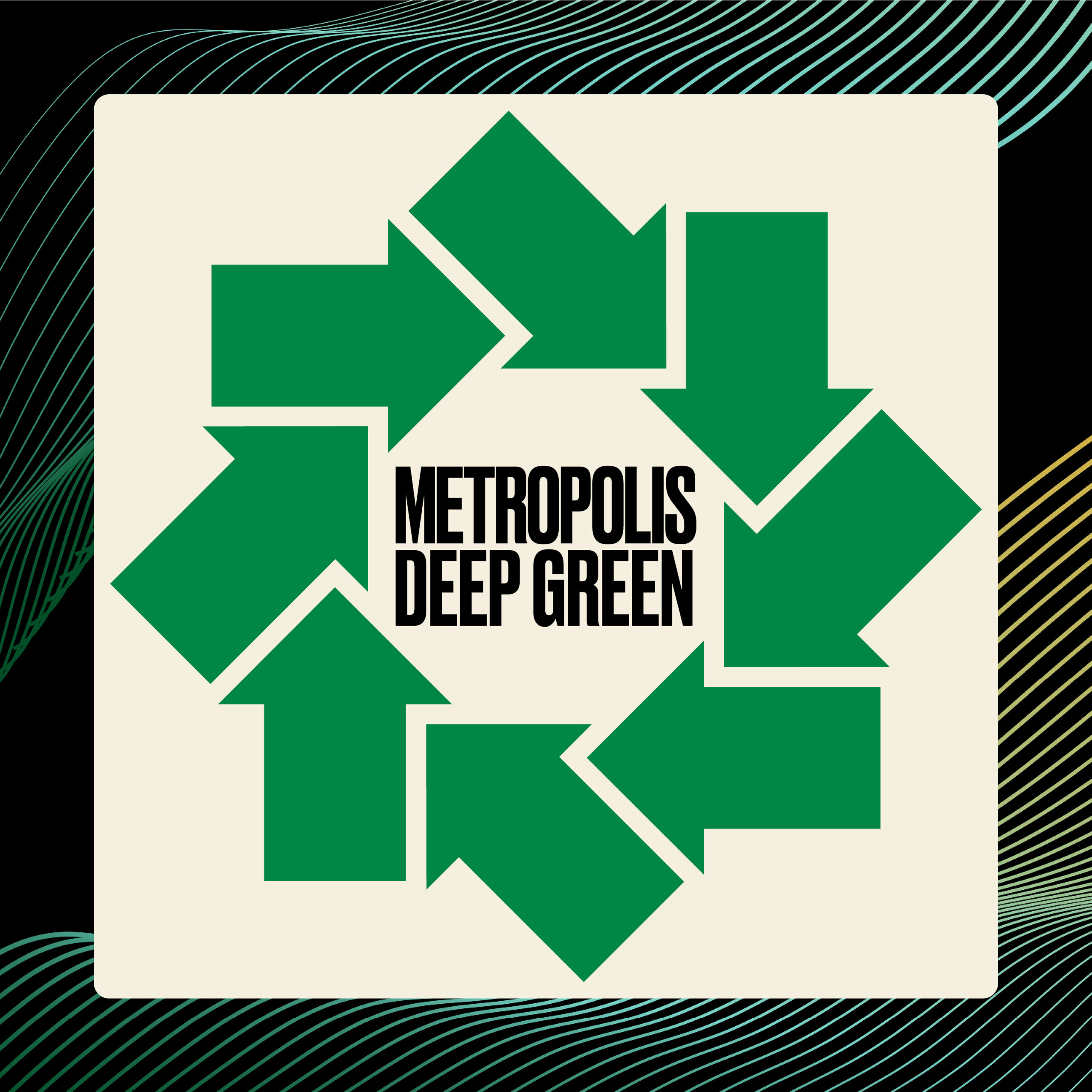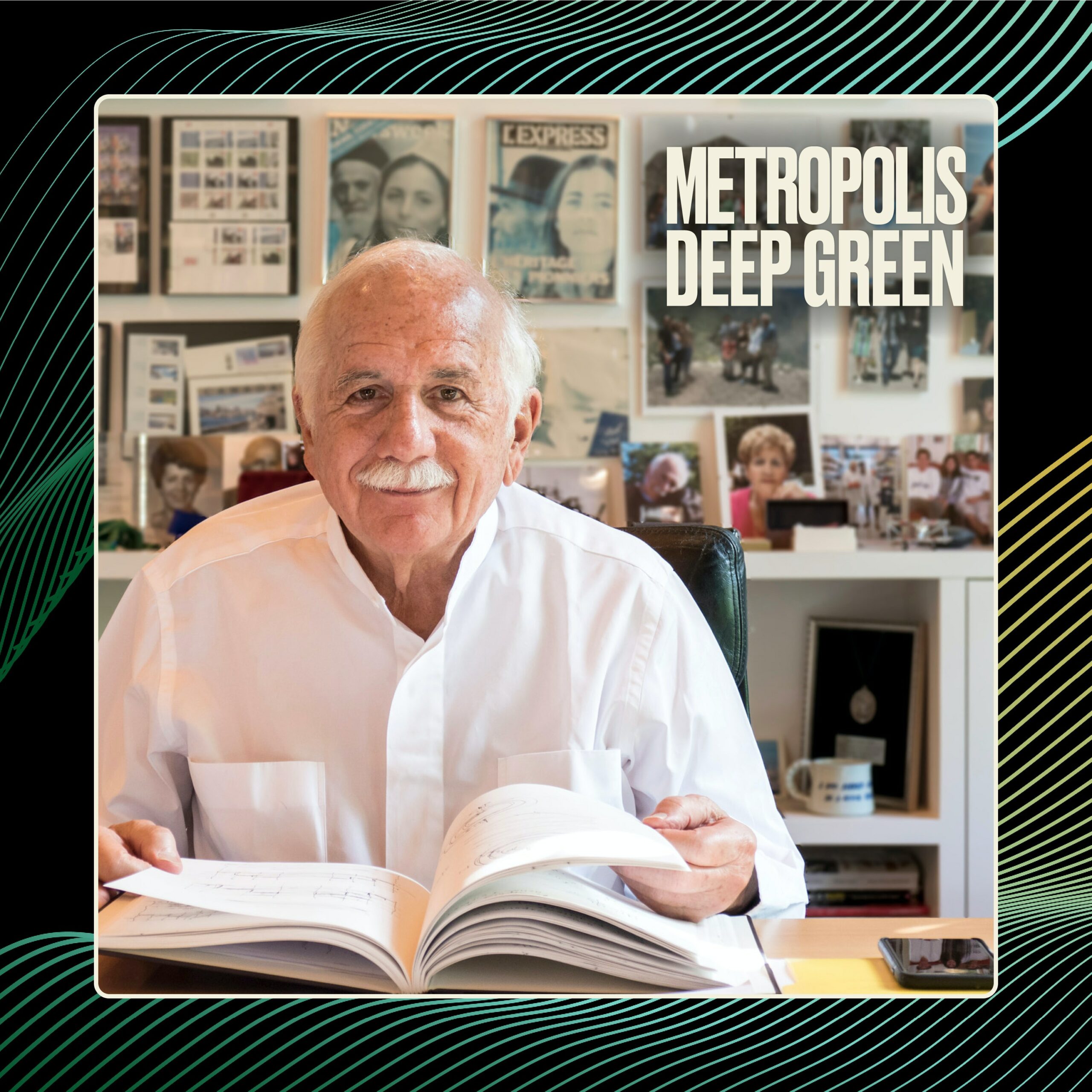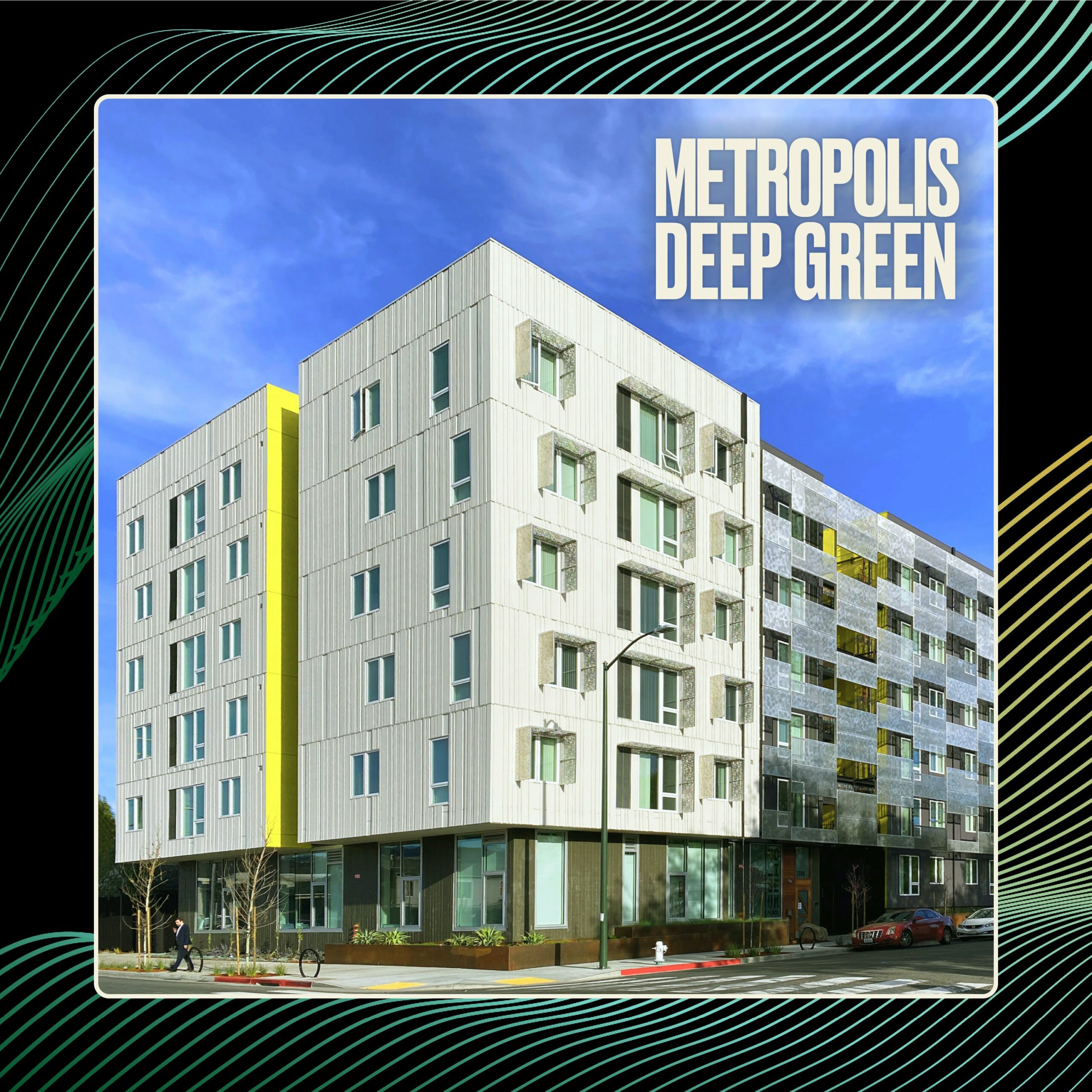On average, it costs about $2.95 per watt for a home solar system. So, a 6-kilowatt system, about the size you’d need for an American home, would set you back around $17,700. If you factor in solar incentives, like the Federal Solar Credit, that number can come down to about $12,400. The annual savings on your utility bills after installing a home solar system are about $1,346. So, over a 25- or 30-year period, those savings could be in the region of $30,000 or more. Not bad for a $12,400 investment. If of course you have $12,400 to invest.
As always, you’ve got to spend money to save money. And that means clean, affordable energy might stay out of reach of those who need it the most. Enter energy equity advocates like Daphany Rose Sanchez. Metropolis editor Jaxson Stone sat down with Sanchez, who is executive director at Kinetic Communities Consulting, which works with energy and affordable housing industry partners to connect, educate, and simplify energy efficiency opportunities for underrepresented communities. Join us to hear how Sanchez is working toward energy equity and learn more about the community solar movement and New York’s Power Up initiative.
Connect with our guest Daphany Rose-Sanchez on LinkedIn!
Connect with our host Avi Rajagopal on LinkedIn!
Discover more shows from SURROUND at surroundpodcasts.com. This episode of Barriers to Entry was produced and edited by Wize Grazette and Samantha Sager.
Although the transcription is largely accurate, in some cases it is incomplete or inaccurate due to inaudible passages or transcription errors.
Avi Rajagopal: [00:00:00] Welcome to Deep Green, a show about how the built environment impacts climate change and equity. I’m your host, Avi Rajagopal, Editor in Chief of Metropolis. Let’s start this episode with the math on converting a home to solar energy in the United States. The National Renewable Energy Laboratory estimated in 2022 a national average price of about 2.
95 per watt for a home solar system. So a 6 kilowatt system, about the size you’d need for an American home, would set you back Around 17, 700 factored in solar incentives like the federal solar credit. And thank God we have those now. And that can come down to about 12, [00:01:00] 400. The annual savings on your utility bills after you do that are about 1, 346.
So over a 25 or 30 year period, those savings could be in the region of 30, 000 or more. And if energy prices continue to go up, your savings are likely to be much, much more than that. Not bad for a 12, 400 investment. If, of course, you have 12, 400 to invest. As always, you gotta spend money to save money.
And that means clean, affordable energy might stay out of reach to those who need it the most. Enter energy equity advocates like Daphne Rose Sanchez. Sanchez is executive director at Kinetic Communities Consulting, which works with energy and affordable housing industry partners. To [00:02:00] connect, educate, and simplify energy efficiency opportunities for underrepresented communities.
Daphne spoke to my colleague Jackson Stone about working towards energy equity, the community solar movement, and New York’s Power Up initiative. Here’s Daphne.
Daphany Rose-Sanchez: My name is Daphne Rose Sanchez. She, her pronouns, I’m the executive director of a firm called Kinetic Communities Consulting or KC3 for short. I’m a native New Yorker, born and raised.
I have been introduced to the work due to where I live and where I was born. So I was raised in Brooklyn and my parents were raised in Brooklyn and my grandparents have been raised in Brooklyn. So a lot of the work that I’ve done has been around housing. Equity and energy, and it’s because of the interconnection of housing with culture and the culture that I was raised in.
So. A lot of the projects that we work on in the communities that we work with is really centered on those three things [00:03:00] because it’s centered on New Yorkers experience with their built environment. So, growing up in Brooklyn, I remember having a lot of fun times with my cousins and my family members in Brooklyn.
public housing and then affordable housing, not understanding the crippling situation that a lot of these properties are in. And it wasn’t until I was older that I realized there was just negative stigma with the built environment, negative stigma with people that lived in those particular properties in those particular regions.
And it makes no sense, right? Because you don’t decide where you’re raised at as a child. But it wasn’t until I started going to graduate school and undergraduate school and just having conversation with folks that, um, what came to light was that there is real structural racism and structural inequality that has intentionally had my family living in those spaces.
My family has been in public housing for a very long time. My father grew up in Marcy [00:04:00] houses. I grew up in Cooper houses. And to me, growing up in public housing, I would say pre professional life. It was a place of comfort, a place of warmth, and it was a place that I just always assumed it was run down because it just didn’t have any money.
And so when people talk to me about NYCHA and people talk about public housing, I would always immediately associated to family and gatherings and holiday celebrations. It wasn’t until I was in middle school where I realized that people tend to view public housing residents as less than others, right, as less than human.
It was a horrible experience because it was a substitute teacher that told me like, Oh. You know, you live in nature, like, why are you even bothering coming into class? You’re going to wind up dropping out and having kids. And so this person never knew me, never met me, never even spoken to me, but they made this assumption of who I [00:05:00] am and where my future would lie just because of the location that I live in.
It really pissed me off. As I grew up, I started trying to digest a lot more, why are there so many negative stigmatisms towards NYCHA residents and towards public housing and NYCHA as a whole? And when I realized, you know, growing up in, in the projects, one thing that people will tell you is like, you should be embarrassed, right?
You shouldn’t really talk about where you live. You shouldn’t tell people where you’re coming from because it’s public housing. It’s, you know, government subsidized housing, it means you’re, you’re less than everyone else that can. live in a non subsidized space when the reality is that, you know, the federal government has intentionally disinvested in public housing, not only in New York, but across the country.
If you look at the history of public housing, federal government used eminent domain, right? And took land from black and Brown folks say, Hey, we’re going to put up this subsidized housing so that folks can have a place to live in a place to sustain themselves while they work and move towards upward [00:06:00] mobility.
But the reality was that there was never any funding to support that space. So they. Use I’m going to domain stolen and then completely. Decided not to fund that space and so obviously, if you don’t find something operation and maintenance with the K, and those buildings will decay eventually. And then they become just kind of quarantine forgotten zones.
And so, as I continue to work through different spaces, whether through nonprofits or governments or in my own organization, 1 thing that’s always been very dear to my heart is ensuring that nitro residents have a pathway of participating and have a pathway to engage the climate movement and also engage any opportunity to have a decision making power within kind of programs or policies that were created.
This is
Avi Rajagopal: why Daphne Rose Sanchez’s organization, Kinetic Communities Consulting, takes a different approach to their work than other non profits in the [00:07:00] clean energy space. By the way, you’ll hear Daphne refer repeatedly to NYCHA. For those of you who heard our last episode with Katie Ackerley, or those of you who live in New York, you know what that means.
For everybody else, that’s the New York City Housing Authority, which provides public housing in the city and is the largest public housing authority in North America. Back
Daphany Rose-Sanchez: to Daphne. I’ve often called my team and other faces, you know, Kenai Communities does energy social work services because a lot of times the clean energy sector is really focused on climate goals, right?
So we have to, by 2050, reduce greenhouse gas emissions by XML. You have to reduce our therms, our kilowatt usage. We have to deploy as much renewables as possible. And often in that type of conversations in that type of climate, people forget about people and the importance of humans. And so my team, [00:08:00] I normally call them energy social workers because they work with residents.
They work with homeowners. They don’t work with renters. They work with nonprofits, supportive housing, and in their conversations with folks, they’re understanding people first. Right so, in our project electrify NYC, we work with predominantly black and brown communities and immigrant communities in Queens and in Staten Island and the intention of the program is to help deploy solar and heat pumps within those regions.
But a lot of the conversations that my staff has been trained and are equipped on are things like workforce development, are things like social services, educational programs, because we build that trust with community and our, our nonprofit partners are also trusted resources in those communities and they know that.
People are human, right? They know that people need more than just a conversation about the built environment and conversation about greenhouse gas emissions. Because if I tell, [00:09:00] you know, a mother who has a sick child, like, oh, we need to put this heat pump in there and the solar to save the environment.
They’re going to be like, well, screw you because my child is getting to deal with this first. And so what we do is we want to make sure that we have the city resources and we’ll share those resources or other community resources. Like, Hey, you know, you shared with us that your child is sick. Here’s a city program that can help you look into that.
You know, here’s some health benefits. If you don’t have health insurance, here’s a nonprofit that you can reach out to that can help you with that. And really ensuring that people have at least a point of reference to go to, to help them with their day to day issues. So, yeah, but anytime they call my staff energy, social workers, because we.
We will either be, you know, providing that social aspect of support and point of reference and a point of stability with a lot of our community folks that are going through a lot of things right now. Right? We’re coming out of one recession, entering another one. We’re going through, you know, uh, folks.
Saying that they’re [00:10:00] socially woke, but then treating black and brown folks wrong in the workforce. So we want to make sure that yes, you know, climate action and climate goals are important. But more importantly is that we’re doing it in a way that is preserving culture, preserving communities and preserving neighborhoods and families.
And so. Every project that we take on, we intentionally want to make sure that it’s centered around people. And if it is not centered around people, then we respect it, but we’ll move away from it and look and pursue other opportunities. This kind of
Avi Rajagopal: energy social work is a very different model for change in the built environment.
It centers the incentives of homeowners, tenants, inhabitants, citizens, community members, and not developers and builders. We asked Daphne to tell us about some projects that Kinetic Communities Consulting is involved in at the moment. So,
Daphany Rose-Sanchez: there’s a couple of different things that we do in terms of working closely with organizations that are working at NYCHA or sustainability [00:11:00] projects.
There’s two in particular that I wanted to share with you. One is we work with Neighborhood Housing Services of Queens. They do first time homeowner program. So neighborhood housing services of Queens is a local nonprofit based in Queens. And there’s one also in Staten Island that we work with that are supporting and educating nature residents on what does it mean to be a first time homeowner?
What are the. Fiscal resources, they provide financial literacy classes and other types of educational classes to empower NYCHA residents to help them find a pathway towards homeownership, if that’s something that they desire. And if they do decide going down that route, the next step of that is that we’ll educate them on solar and how to incorporate solar in their home so that once they do have a home that they can afford through the different fiscal programs.
The city has a down payment program support program. There’s also some federal first time homeowner programs coming out of the community reinvestment act. How can they maximize those energy efficiency [00:12:00] initiatives and renewable funding so that when they do move into that home, they can have some sort of stability, right?
With renewables and efficiency to ensure that the utility cost isn’t too high. And so that program really was birthed from this concept of like ensuring that communities of color, you know, black and brown folks and NYCHA residents that are aspiring to homeownership have a pathway, not only for homeownership, but for sustainability and resilience.
And then the other project we actually did in partnership with Pratt Center for Community Development, Pratt Center has been fiercely advocating for black and brown New Yorkers, ensuring that they have economic development pathways and educational pathways and a really active voice in a sustainable future, right?
Because when you look at sustainability and efficiency, there’s a lot of people saying they’re doing LMI work, but they’re looking at it through a text lens. And so Pratt. Likes to look at it in a more holistic lens, ensuring that both [00:13:00] health, energy and economy is of sound proof for New Yorkers and for NYCHA residents.
So, KC3, which is Cadetic, my organization, and Pratt worked together to ensure that NYCHA residents were not only. Learning about sustainability initiatives that nature was participating in, but had an active decision making and advocating for which project should be 1st. And there’s always a point of discomfort, right?
Because. You have to be clear to the clients and understanding, like, Hey, you know, if nitro residents are getting involved, then. We need to make sure that their time is valued, right? Because they are experts of their space and of their community. And that there is a long term process of ensuring that conversations or communications are happening beyond the workshops or beyond the educational sessions that are being held.
So what we did was we engaged NYCHA residents across the five boroughs. Put together the network for climate action, which was a [00:14:00] cohort of natural residents that would not only learn about resiliency and sustainability initiatives that are happening across their development, but also advocate for which projects should be prioritized in terms of resiliency and climate adaptation as well as.
The deployment, which just deployed this year of the network for climate action, sustainability grants, which is empowering nature residents by providing them with the funding to do a sustainability project in their development. And so there was a lot of conversations again with ensuring that whatever your project, a resident is doing 1 that they can do it safely.
Right? It doesn’t. Avoid their lease. And two, it’s done in a way that doesn’t cause perpetual harm. And so we share with NYCHA, you know, something that people aren’t aware of is that when you’re a NYCHA resident, if you receive a thousand dollar check, right, as a thank you for participating in something, organizations will issue a 1099.
And so that is counted as a thank you. salary. And so even though that’s a one time [00:15:00] check as a thank you, the next year, that check has to be incorporated into their salary structure and then their rent will go up in perpetuity, right? And so that has a long term negative effect. And so Pratt and Kinetic work closely together with NYCHA to help them understand not only kind of what are the short term impacts of what they want to do with residents, but how do we make sure and center solutions around residents lives and ensure that they are participating without causing fiscal harm in the future.
So I know it was a long answer to your question, but you know, it’s very intentional because I think of people that are, you know, my family and my friends and I think of the community that I have around me and ensuring that they have a chance to see kind of what’s outside the four walls that were intentionally built in the manner that they are and seeing that they can actually participate and have a decision making role in, in a clean energy future.
Avi Rajagopal: Yeah. Deep Green will be back after a short commercial break.[00:16:00]
Solar energy is great not only because it relies on a renewable source, but also because it offers these kinds of opportunities to move away from a centralized energy system to a decentralized model where communities can participate in producing the energy they need. This model is called community solar and Sanchez sees it as beneficial to both owners and renters.
Daphany Rose-Sanchez: Yeah, so the benefits of community solar, there’s a couple of different benefits, right? So if you are aggregating a bunch of homes within your community or doing it in a building, you as the owner are able to acquire electrical benefits from it and capital benefits from it and then your tenants are also able to acquire Deduction or a discount on their [00:17:00] bill, the other value of community solar is that you can partner with local solar contractors and have them do some educational training sessions for community folks and even have them hire folks for the community to participate on those solar installations because solar installations require electrician, but they also require laborers and some other folks that can support you or support the project.
So there is a lot of value in community solar. I think 1 of the bigger challenges of community solar is the cost. So there is no new funding through the federal government and they sort of provides additional subsidies that helps lower the cost, but ultimately it’s predominantly deployed through the investor market.
So there are very few investors that are really. Community focus and community centric. And so one of the biggest things is if you’re looking to do a community solar in New York city is making sure that you have every single project. There’s not one project in New York city that does not have investor [00:18:00] involved to date.
So it’s important to really ask them to be transparent with their kind of profitability thresholds, community investment thresholds, and making sure that you’re able to see a pathway where community members can have the biggest value.
Avi Rajagopal: So, how should business and city leadership make community solar accessible for more people?
Daphany Rose-Sanchez: So I think one of them is just more access to information. This is going to sound really simple, right? Like making sure that solar applications are in different languages, making sure that people are aware of different financial funding platforms or funding structures, making sure that the terms and conditions are regulated, which they aren’t now, having consumer protections for homeowners and renters that are looking at solar.
So these are kind of different. Data points are different access points in the solar residential solar space that are not easily accessible to the average New Yorker. It’s only the few right. And I can say the same [00:19:00] for heat pumps. I can say the same for battery storage for wind. A lot of that information is not accessible.
And so I think one thing that can happen and we’re working on it at a small scale through Electrify NYC is looking at the existing network, right? The existing ecosystem that has thrived within communities and giving them the resources, educating their staff on what is solar, what’s the different types of insulation, what’s the different types of financing and making that information publicly accessible.
And obviously making it in different languages, which is simple, but Complicated for this industry to understand that they need things in different languages are ways to empower folks to learn more and to become more conscious of what are the decisions that they can make. So, at the most fundamental level, their environmental justice organizations that are advocating for K through 12 education on stem, specifically on climate change and climate technologies, there needs to be more education at different intersections, whether it’s [00:20:00] housing or health.
You know, when somebody is purchasing that home or when somebody is going through home ownership classes, if someone is going to, you know, a specific community health care center with issues that are health related to their environmental at those points of interjection, ensuring that there’s a pathway for people to learn more about solutions that they can use that are not going to.
create a financial burden on them. I think those are different pathways that can really help mobilize communities and mobilize them towards the right path without using any type of kind of predatory or large scale practice. But again, that doesn’t make money, so that’s why people don’t do it. But it’s
Avi Rajagopal: such a powerful idea, pun intended.
Anyway, Jackson also asked Stephanie to give us an intro to New York City’s Power Up initiative. And I could have tried a triple pun there, but I exercise restraint. You’re welcome. Back
Daphany Rose-Sanchez: to Daphne. So, Power Up NYC initiative is a collaboration with KC3 and a bunch of environmental justice [00:21:00] organizations here in New York City.
So we work with El Puente, South Bronx Unite, CHIA, WEACT, and Staten Island Chamber of Commerce, which is a small business. Advocate and really helping the mayor’s office of climate environmental justice understand what is the energy system and what should it look like in the future? What should be prioritized within the communities, whether it’s, you know, the built environment, workforce, transportation.
Sustainability and resiliency, so you can see that all on our power up NYC website. But when we were awarded for this project, 1 of the things that we wanted to ensure that the research for what does a cleaner in New York City look like is again centered on existing ecosystem centered around communities and New Yorkers that have been there supporting.
folks since, you know, before we were around and before the office even existed. So that’s another project that I’d like to highlight. I think it’s very important. And we’re going to be doing our second round of town [00:22:00] halls in the fall to make sure that we can continue to get community input on what projects, what research topics should be prioritized.
Avi Rajagopal: If you’re an architect, a developer, a community organizer, or an interested citizen, find out more about the community solar movement. by reading our associate editor Jackson Stone’s article about the topic in Metropolis. And then of course, also take a deep dive into the Power Up initiative. We’ll include both links in the show notes.
I hope this episode inspires you to think a little bit deeper about how we can use our move to renewable energy in the built environment. to empower communities. Sorry, I couldn’t resist that. Deep Green is a proud member of the Surround Podcast Network. Discover more shows from Surround [00:23:00] at surroundpodcast.
com. This episode of Deep Green was reported by Jackson Stone and produced and edited by Weiss Grisette and Samantha Sager. I’ll talk to you again on the next episode of Deep Green, where we talk to the architect Moshe Safdie about the future of mega developments.

